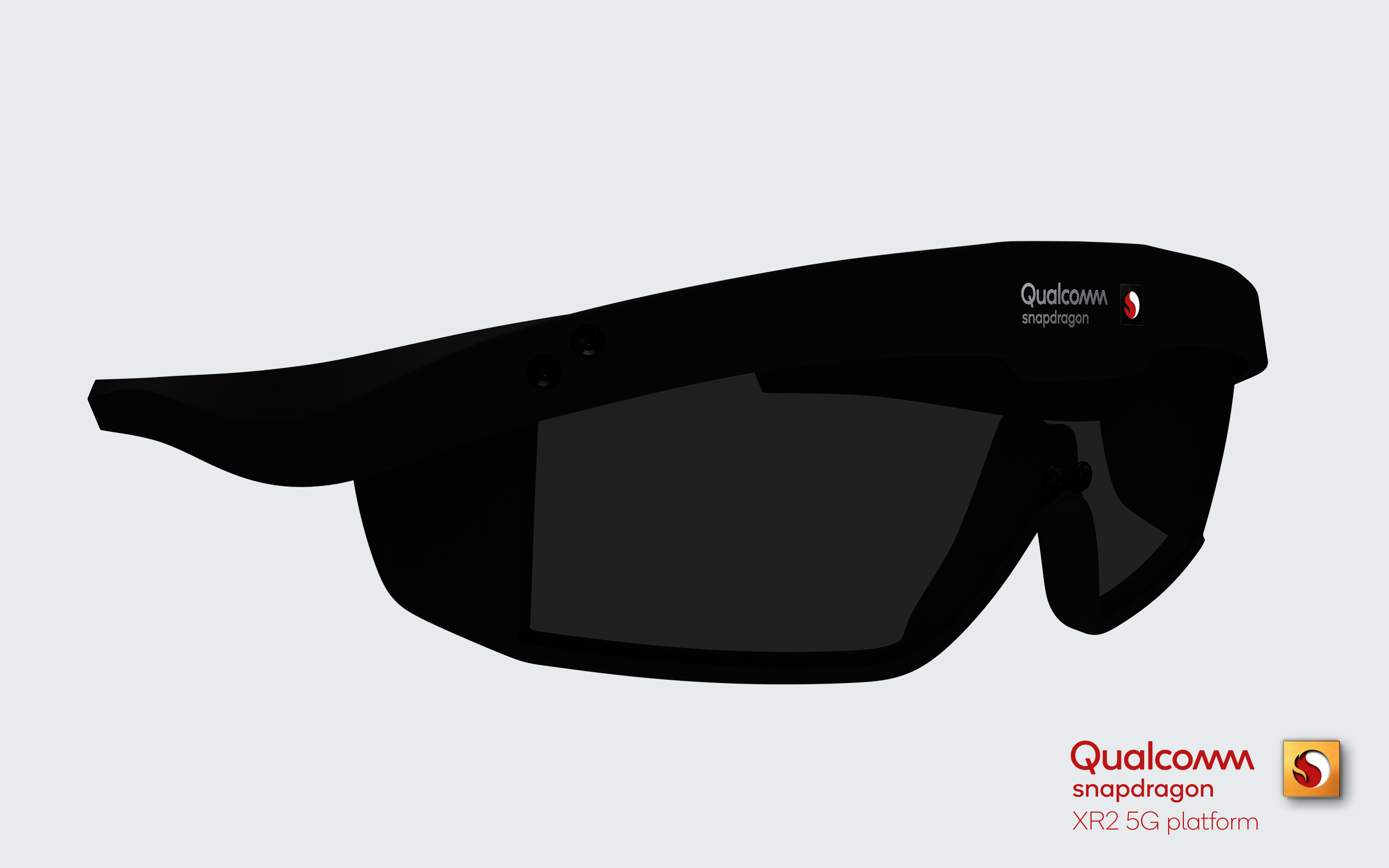Qualcomm Announces the XR2 Platform for 5G AR/VR Devices
The new Qualcomm’s Snapdragon XR2 chip is expected to power a constellation of virtual reality headsets and smartglasses beginning from 2020.
Virtual reality and augmented reality two immersive technologies which take an almost juxtaposing form. While virtual reality immerses the users into a virtual experience and isolates them from the real world, augmented reality superimposes the virtual world onto the real world, grounding the user into the experience around them.

The next phase of immersion will be the launch of new camera-laden virtual reality headsets that will blend the real and the virtual worlds, an experience that is christened mixed reality or XR. The next generation virtual reality headsets will also be able to track entire rooms and the wearer’s faces simultaneously.
Qualcomm’s just unveiled XR2 AR/VR tech will be a huge part of that mixed reality and it set to launch in 2020 from a variety of companies.
During the Snapdragon Summit held in Maui in Hawaii today, Qualcomm announced the launch of its new XR2 platform. It describes the platform as the “world’s first 5G-supported extended reality platform”. Qualcomm’s older XR1 platform already powers various AR and VR devices but it is not being phased out of the market yet. It stays but it will now be rebranded as Qualcomm’s XR platform for the mainstream users while the new XR2 platform is designed to showcase “next-level features for never before experiences”.
The XR2 platform combines Qualcomm’s 5G modem and AI advances to provide support for up to seven cameras that will allow for passthrough HoloLens-style mixed reality experiences as well as smoother standalone virtual reality experiences. Leveraging on this setup, the XR2 platform features a 26-point skeletal hand-tracking functionality as well as accurate environmental mapping.
The XR2 platform will also support display panels that have a 3K by 3K resolution at 90 frames per second. It supports up to 8K 360-degree videos at 60 frames-per-second; all of this is based on custom silicon that keeps the latency of the panels low.
The Snapdragon XR2 platform supports seven concurrent cameras thereby giving users even better scene and positional tracking. It also includes dedicated computer vision processor that accelerates key workloads like scene understanding and reconstruction. This allows for a hyper-accurate tracking performance for the head, lips and eyes. It also has a 26-point skeletal hand tracking that enables users to more precisely interact with the virtual reality world around them.
Another key feature in Qualcomm’s XR2 is the low-latency camera passthrough feature that allows developers to create new mixed reality (XR) experiences by overlaying virtual objects onto the video feed of the real world.
On top of all of these features, Qualcomm has also provided an option for manufacturers to incorporate 5G connectivity into their Snapdragon XR2-powered devices. The 5G connectivity may sound like an overkill but the addition is important considering the various heavy-duty use-cases like the streaming of 360-degree videos need extremely fast download speeds as well as very low latencies that will go with the positional tracking.
These constitute a major upgrade over Qualcomm’s XR1 platform. However, given that the platform was based on the Snapdragon 835, these changes were to be expected. Qualcomm’s chips are being used in a large number of mobile virtual reality headsets and the next generation of devices are expected to significantly benefit from the performance improvements that have been enabled by the new upgrades. It is expected that hardware manufacturers will begin incorporating the new Snapdragon XR2 5G platform into their new designs from 2020.
Virtual reality has not lived up to the hype that was predicted back in 2014/2015 but AR/VR is beginning to break out of the niche consumer gaming space into more enterprise applications. 2019 was a watershed year when we saw this transformation and shift into new use-cases happen.
5G is expected to revolutionize AR and VR as it will enable users to stream high-quality videos with the low latency that will allow for deeply immersive AR and VR experiences and the XRS videos could be a great use-case for such high-speed connectivity. This being the first 5G access platform, it would be interesting to see how various content developers along with video streaming services with hi-res videos will be able to deliver high-bandwidth content on devices that will be built on the XR2 platform.
https://virtualrealitytimes.com/2019/12/06/qualcomm-announces-the-xr2-platform-for-5g-ar-vr-devices/https://virtualrealitytimes.com/wp-content/uploads/2019/12/Qualcomm-Snapdragon-XR2-Platform-Concept-Design-600x375.jpghttps://virtualrealitytimes.com/wp-content/uploads/2019/12/Qualcomm-Snapdragon-XR2-Platform-Concept-Design-150x90.jpgAugmented RealityTechnologyThe new Qualcomm’s Snapdragon XR2 chip is expected to power a constellation of virtual reality headsets and smartglasses beginning from 2020. Virtual reality and augmented reality two immersive technologies which take an almost juxtaposing form. While virtual reality immerses the users into a virtual experience and isolates them from the...Sam OchanjiSam Ochanji[email protected]EditorVirtual Reality Times - Metaverse & VR
